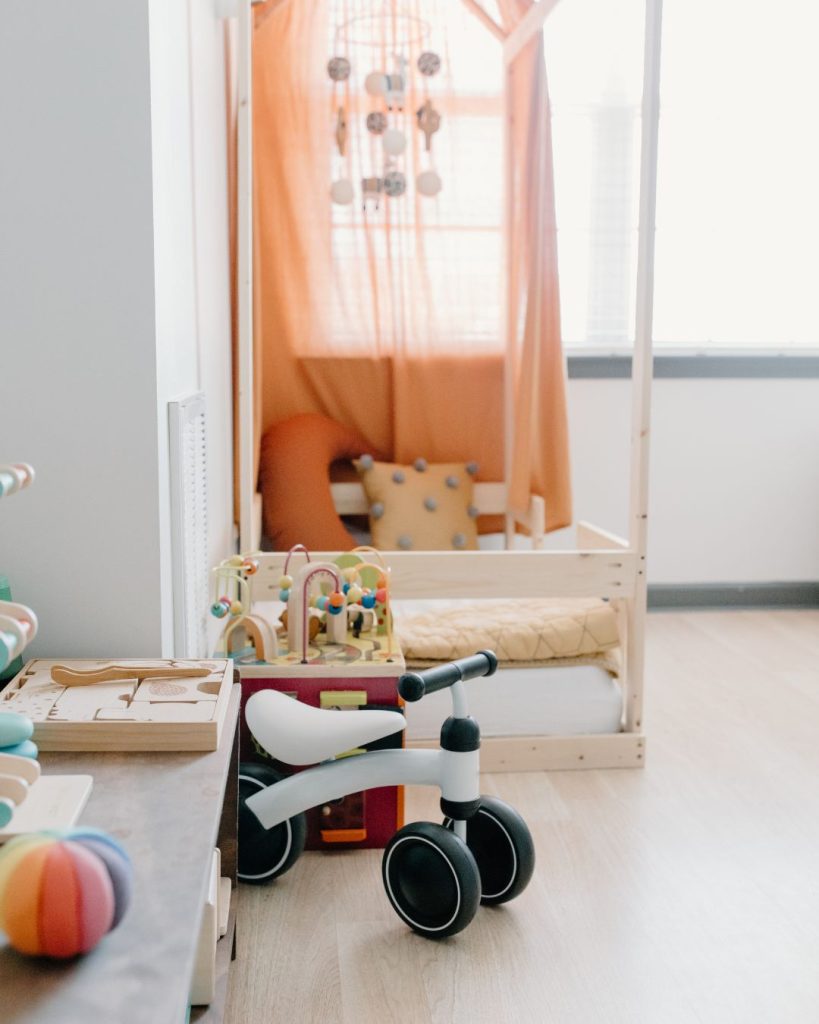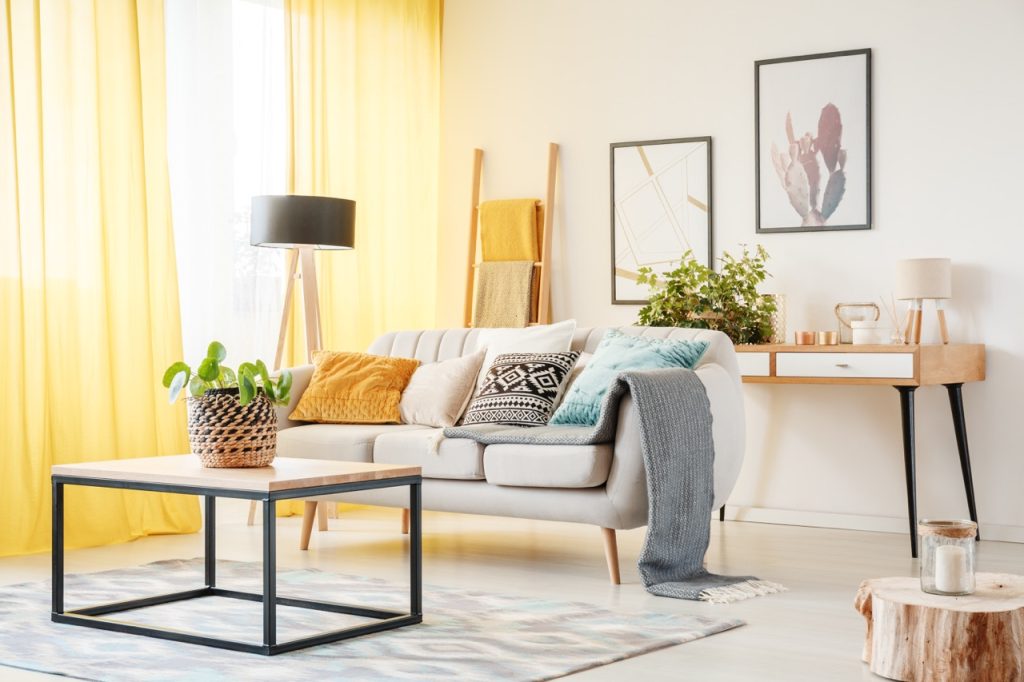Mastering The Art Of Organising Kids’ Toys
Is your home constantly being taken over by your children’s toys? If so, you’re not alone. Many parents struggle with the chaos that toys can bring to a household. However, with the right strategies, you can create a clutter-free environment that will keep both you and your kids happy. Here’s how to get started.
The Importance of Toy Organisation
Before we jump into the tips, it’s essential to understand why organising your children’s toys is crucial:
- Creates a Calm Environment: A well-organised space reduces stress for both adults and children.
- Teaches Responsibility: When children know where their toys belong, they learn to take responsibility for their possessions.
- Encourages Creativity: An organised play area makes it easier for kids to find what they need, fostering creativity and imaginative play.


Step-by-Step Guide to Organising Kids’ Toys
Step 1: Declutter
The first step in any organisation project is to declutter. Go through all the toys and sort them into three categories:
- Keep: Toys your children regularly play with.
- Donate: Toys in good condition that your children have outgrown.
- Dispose: Broken or incomplete toys that cannot be repaired or repurposed.
Step 2: Categorise
Once you’ve decluttered, it’s time to categorise the toys. Group similar items together. For example:
- Soft toys
- Building blocks
- Art supplies
- Puzzles and games
Step 3: Choose the Right Storage Solutions
Selecting the right storage solutions is key to maintaining an organised space. Here are some options to consider:
- Clear Bins: Use clear bins to make it easy to see what’s inside. Label each bin with the category of toys it contains.
- Shelving Units: Shelves are great for storing books, puzzles, and games. They keep items visible and accessible.
- Toy Chests: A toy chest can store larger items and keep them out of sight when not in use.
- Hanging Storage: Utilise wall space with hanging storage solutions like pegboards or wall-mounted bins.
Step 4: Create Zones
Divide the play area into specific zones for different types of activities. This not only helps with organisation but also encourages your children to engage in various forms of play. For example:
- Reading Nook: A cosy corner with books and soft seating.
- Art Station: A dedicated space for drawing, painting, and crafts.
- Building Area: A zone for construction toys like LEGO and building blocks.
Step 5: Implement a Clean-Up Routine
Teaching your children to clean up after themselves is crucial for maintaining an organised space. Implement a daily clean-up routine that includes:
- Putting toys back in their designated spots.
- Tidying up before moving on to a new activity.
- A more thorough clean-up at the end of the day.
Step 6: Rotate Toys
To keep things fresh and exciting, consider rotating toys. Store some toys out of sight and switch them out every few weeks. This keeps your children engaged and prevents overwhelming clutter.

Tips for Maintaining Organisation
- Regularly Review and Declutter: Make it a habit to go through toys every few months and declutter as needed.
- Involve Your Children: Encourage your kids to help with the organisation process. This teaches them valuable skills and makes them more likely to maintain the system.
- Stay Flexible: Be open to adjusting your organisation system as your children grow and their interests change.

Setting a Positive Example
Organising your children’s toys doesn’t have to be a daunting task. By following these steps and maintaining a consistent routine, you can create a tidy and enjoyable play space for your little ones. Remember, the goal is not just to reduce clutter but also to foster a sense of responsibility and creativity in your children.
By implementing these strategies, you’ll not only create a more organised home but also set a positive example for your children, teaching them the value of cleanliness and orderliness.



